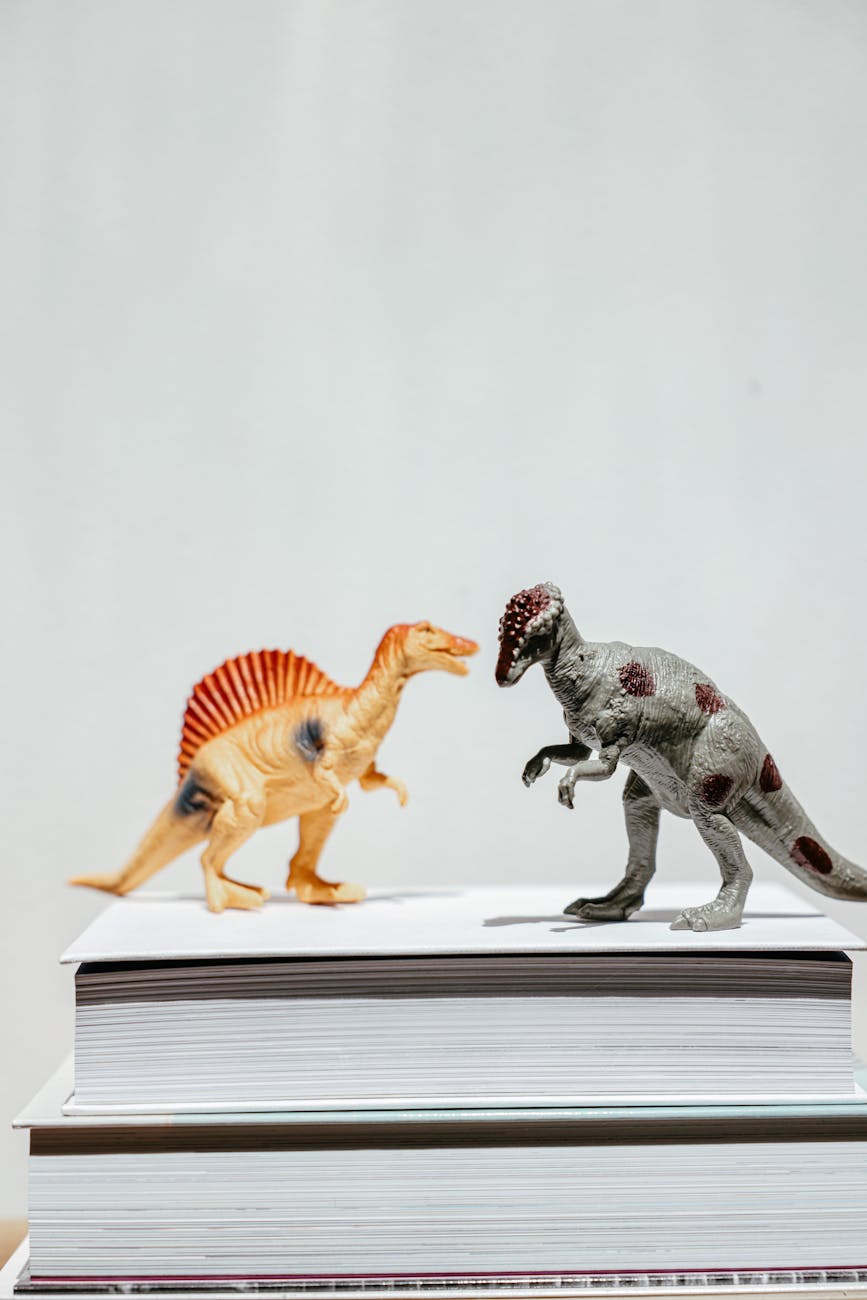The evolution of chickens is a fascinating journey that spans thousands of years and is intertwined with human history. From their ancient ancestors to the domesticated poultry we know today, chickens have undergone significant transformations. In this article, we will delve into the captivating evolution of chickens, exploring their origins, domestication, and role in modern society.
Origins of Chickens
Chickens are believed to have descended from the red junglefowl, a wild bird native to Southeast Asia. The red junglefowl is known for its vibrant plumage and distinctive crowing. Through natural selection and adaptation, these wild birds gradually developed into the chickens we are familiar with. Fossils dating back thousands of years provide evidence of the early domestication of chickens by ancient civilizations, including the Egyptians and Romans.
Domestication of Chickens
The domestication of chickens marked a significant turning point in their evolution. Ancient humans began keeping chickens for their eggs, meat, and feathers. This led to selective breeding, where specific traits were emphasized to create different breeds suited to various purposes. Over time, chickens were bred for characteristics such as egg production, meat quality, and color variations. As a result, we now have a diverse range of chicken breeds with distinct features and abilities.
Modern Role of Chickens
Chickens play a vital role in modern society, providing a sustainable source of protein for millions of people worldwide. They are raised for their eggs, meat, and even as pets. In addition to their economic importance, chickens also contribute to agriculture through pest control and fertilization. Chickens are efficient at foraging for insects and weeds, making them valuable allies in maintaining a healthy ecosystem.
Challenges and Future of Chickens
While chickens have thrived in human care, they face challenges such as disease outbreaks and environmental concerns. The industrialization of poultry farming has raised issues related to animal welfare and sustainability. Efforts are being made to address these challenges through advancements in breeding techniques, health management practices, and ethical farming standards. The future of chickens lies in finding a balance between meeting the global demand for poultry products and ensuring the well-being of these animals.
Conclusion
The evolution of chickens from wild junglefowl to domesticated poultry is a remarkable journey that showcases the close relationship between humans and animals. Through centuries of selective breeding and adaptation, chickens have become an integral part of our lives, providing food, companionship, and ecological benefits. Understanding the fascinating evolution of chickens not only sheds light on their past but also prompts us to consider their role in shaping our future. Next time you enjoy a plate of chicken or marvel at a beautiful hen, remember the long and captivating journey that brought these birds into our lives.
